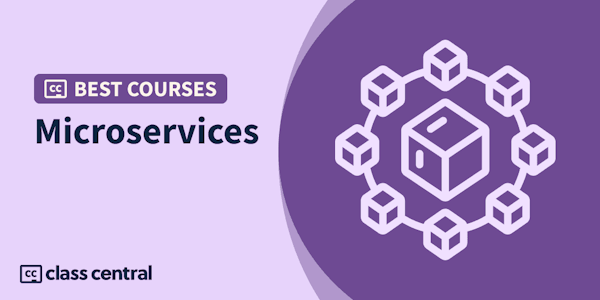- Module 1: In this module, you'll learn about cloud-native applications and how the .NET Aspire stack makes it easier to develop microservices and connect them with each other and with supporting services.
By the end of this module, you'll be able to:
- Describe how .NET Aspire makes it easier to develop cloud-native distributed applications.
- Select the right .NET Aspire component to address a functional requirement in a cloud-native application.
- Use Visual Studio to create and run a new .NET Aspire project.
- Module 2: Learn how to create cloud-native applications from scratch or add orchestration to an existing app by using the .NET Aspire stack in .NET 8.
By the end of this module, you're going to be able to:
- Create new cloud-native apps by using the .NET Aspire templates in Visual Studio.
- Add the .NET Aspire stack to an existing .NET app for orchestration and simple cloud-native components.
- Use the .NET Aspire dashboard to diagnose connection issues between services.
- Module 3: In this module, you'll learn about using telemetry to record the behavior of a cloud-native application and how the .NET Aspire stack makes it easier store data and view it later.
By the end of this module, you'll be able to:
- Understand the relationship between .NET Aspire and OpenTelemetry.
- Understand the telemetry data sources available in .NET.
- Use the .NET Aspire dashboard to monitor the telemetry data from a cloud-native application.
- Add ILogger messages to the application.
- Module 4: Learn about the database systems that .NET Aspire can connect to using built-in components. Then see how to configure connections to, and store data in, relational and nonrelational databases.
By the end of this module, you'll be able to:
- Describe the database systems that .NET Aspire can connect to using built-in components.
- Use .NET Aspire components to read and write data to PostgreSQL, MySQL, and Microsoft SQL Server databases.
- Use .NET Aspire components to read and write data to MongoDB databases.
- Module 5: In this module, you'll learn about caches in a .NET Aspire cloud-native app and how to use them to optimize the performance of your microservices.
By the end of this module, you'll be able to:
- Choose a type of Redis caching for a specific performance optimization requirement.
- Use a Redis distributed cache to increase performance in a .NET Aspire project.
- Use a Redis output cache to complete HTML responses in a .NET Aspire project.
- Module 6: In this module, you'll learn about the RabbitMQ message broker and how you can use it to decouple microservices while ensuring that they can communicate reliably. You'll also see how .NET Aspire makes it easy to integrate with RabbitMQ.
By the end of this module, you'll be able to:
- Select from the work queues, topics, subscriptions, and routes available on a RabbitMQ server to send messages to the intended recipient microservices.
- Add messages to a queue on a RabbitMQ exchange server by using the .NET Aspire RabbitMQ client message broker.
Overview
Syllabus
- Module 1: Module 1: Introduction to .NET Aspire
- Introduction
- What is .NET Aspire?
- Learn about .NET Aspire components
- Learn about .NET Aspire tools
- Exercise - Use the .NET Aspire eShop
- Knowledge check
- Summary
- Module 2: Module 2: Create a .NET Aspire project
- Introduction
- Learn how to create a new .NET Aspire project
- Exercise - Create a new .NET Aspire project
- How to add orchestration to an existing .NET app
- Exercise - Integrate an existing ASP.NET Core web app
- Knowledge check
- Summary
- Module 3: Module 3: Use telemetry in a .NET Aspire project
- Introduction
- Telemetry APIs in .NET
- Using OpenTelemetry in .NET Aspire
- Using the .NET Aspire dashboard
- Using a logger to add custom log messages
- Exercise - Use telemetry in a .NET Aspire project
- Knowledge check
- Summary
- Module 4: Module 4: Use databases in a .NET Aspire project
- Introduction
- Store data in SQL-compliant databases
- Store data in NoSQL databases
- Exercise - Use database services to persist data from a .NET Aspire project
- Knowledge check
- Summary
- Module 5: Module 5: Improve performance with a cache in a .NET Aspire project
- Introduction
- Caches and Redis
- Using a Redis distributed cache
- Using a Redis output cache
- Exercise - Cache data in Redis
- Knowledge check
- Summary
- Module 6: Module 6: Send messages with RabbitMQ in a .NET Aspire project
- Introduction
- What is RabbitMQ?
- Sending messages with RabbitMQ
- Exercise - Send messages between microservices through RabbitMQ
- Knowledge check
- Summary


